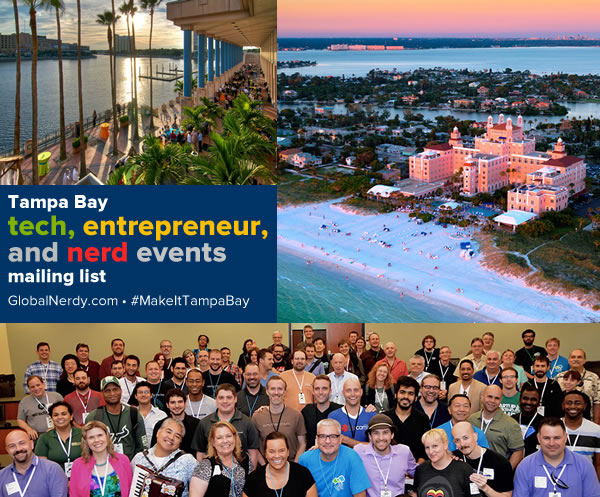I stumbled across the headline I really hate the Medium experience, which resonated with me because — well, I really hate the Medium experience. When I tried to follow the link to read the article, I was presented with this:
And that perfectly (and self-referentially too!) sums up the Medium experience.
If you’re writing developer articles, don’t write on Medium.
It won’t grow your audience or your reputation, the knowledge you’re trying to share will remain hidden as developers look elsewhere for answers, and you won’t be in control of your own content. Medium promises monetization, but speaking as someone who used to be able to pay the rent on Adsense revenues, articles don’t monetize that well anymore, and Medium pays worse.
Get a domain, set up whatever publishing system works for you, and post your articles there.
Don’t believe me? Listen to these people instead.
- Florimond Manca: Why I Don’t Write On Medium
- Brian Balfour: Don’t Publish On Medium
- Rahul Chowdhury: Why Medium is Not the Home for Your Ideas
- Nikitonsky: Medium is a poor choice for blogging (Ironically, published on Medium)
- john metacreator: Abandon Medium
- Nieman Lab: The long, complicated, and extremely frustrating history of Medium, 2012–present
- Nomad/Gate: Posting evergreen content on Medium is a terrible idea
- UpBuild: Why You Shouldn’t Build Your Company’s Blog On Medium
- The Verge: The Mess at Medium
- Paweł Urbanek: Stop Blogging on Medium if You Care about SEO
- Yann Girard: Why you shouldn’t blog on Medium














